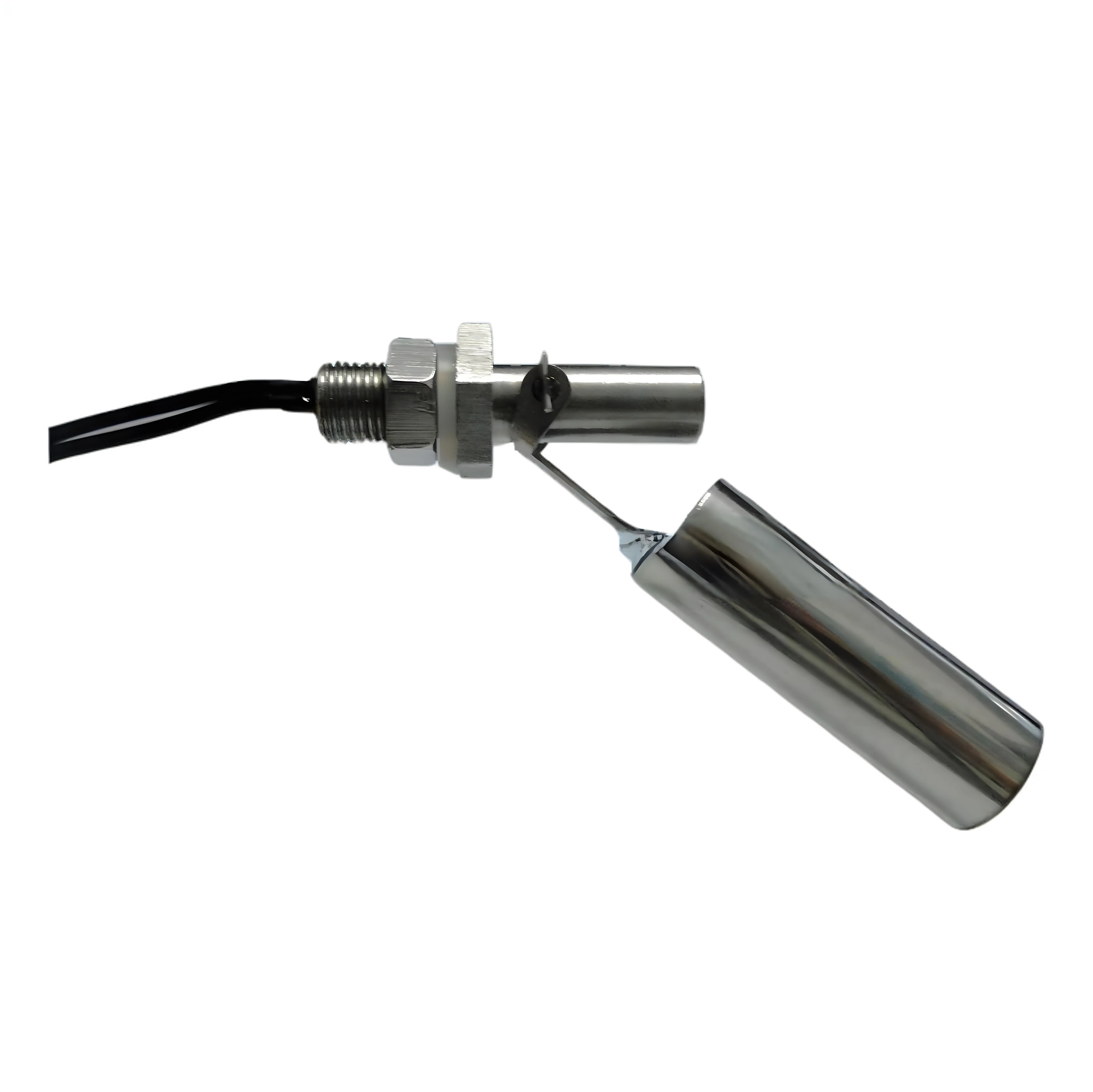Reed switches may not always be in the spotlight, but they are incredibly important components found in a wide range of electronic applications. From home security systems to automotive electronics, these compact devices play a vital role in detecting magnetic fields and triggering actions. Whether you're a professional engineer, a hobbyist working on DIY projects, or simply curious about how electronic sensors work, understanding reed switches can offer valuable insight into the inner workings of modern devices.
At its core, a reed switch is a type of sensor that responds to magnetic fields by opening or closing an electrical circuit. It is made up of two thin metal strips—called reeds—crafted from ferromagnetic materials and sealed inside a small glass tube filled with inert gas. This design helps prevent the metal from corroding over time. What makes the reed switch especially appealing is its simplicity: it doesn’t require any electrical power to function and operates purely through magnetic interaction. Thanks to its reliable and maintenance-free nature, the reed switch has become a staple in industries such as security, automotive, and even medical technology.
Inside the protective glass enclosure are two flexible metal reeds made from magnetically responsive materials such as nickel-iron. These reeds are positioned so that their tips overlap slightly but do not actually make contact in the switch’s default state. Depending on the type of reed switch, it can be either normally open or normally closed. In a normally open configuration, the reeds remain separated until a magnetic field causes them to touch, completing the circuit. In a normally closed type, the reeds stay in contact until a magnetic field forces them apart, breaking the circuit.
Magnetism is the key element that brings the reed switch to life. When a magnet comes close to the switch, the metal reeds inside become magnetized with opposite poles, causing them to attract each other. In a normally open switch, this attraction makes the reeds bend inward until they touch, allowing electricity to flow. In a normally closed version, the magnetic field causes the reeds to repel or shift in such a way that the connection is broken. Once the magnetic field is removed, the reeds return to their original positions, resetting the switch.
The glass housing of a reed switch is more than just a protective casing—it serves several critical functions. First, it provides a sealed environment that prevents oxygen and moisture from reaching the reeds, thereby stopping oxidation and maintaining electrical conductivity over time. Second, it offers physical protection, shielding the delicate reeds from mechanical stress or contamination. Finally, this enclosure contributes to the reed switch’s longevity, enabling it to perform reliably through millions of switching cycles.
